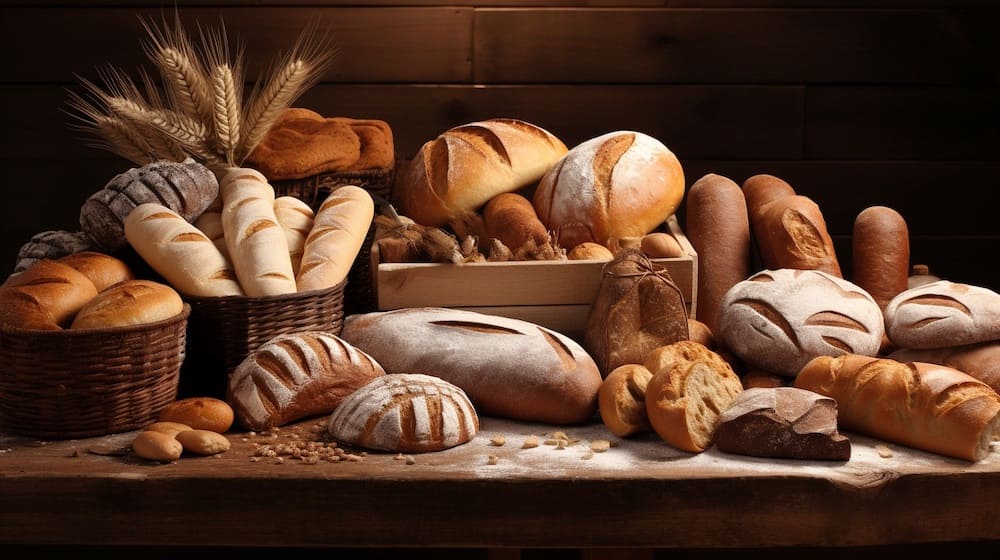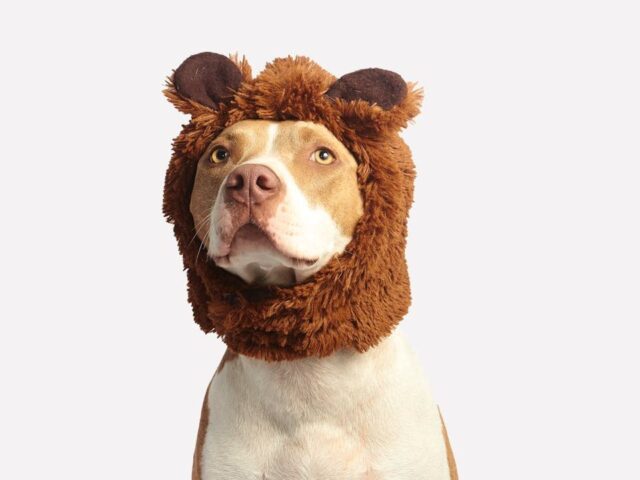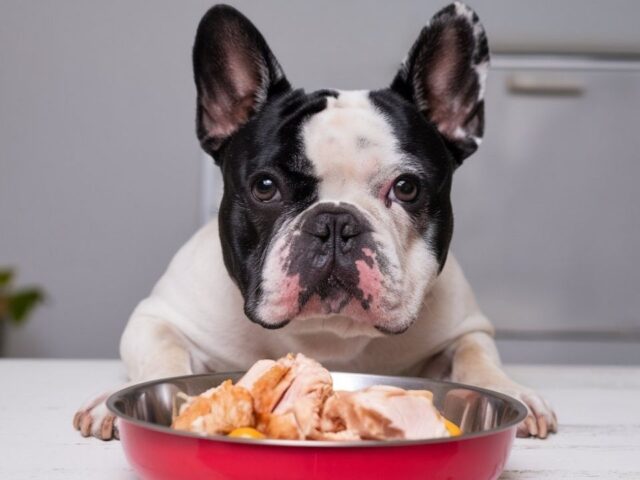When it comes to dogs eating bread, the answer is yes, they can eat it in moderation. Plain white and wheat bread are generally safe for dogs, as long as they don’t have any allergies. Feeding bread to dogs as a treat occasionally won’t harm them, but it also doesn’t provide any nutritional benefits. However, there are risks associated with feeding bread to dogs.
Bread dough containing yeast can be dangerous and lead to alcohol toxicosis. Some breads also contain toxic ingredients like raisins, garlic, and nuts, which should be avoided. It’s important to check the ingredients and avoid feeding bread with these harmful substances to dogs. Additionally, too much bread can contribute to obesity and other health issues.
In cases of upset stomachs in dogs, it’s recommended to feed them a bland diet of rice and boiled chicken instead of bread. Although bread may have some benefits for dogs, it should be given sparingly and in small amounts.
Table of Contents
Key Takeaways
- Dogs can eat bread in moderation, but plain white and wheat bread are the safest options.
- Bread should only be given to dogs as an occasional treat and not as a substitute for a balanced diet.
- Bread dough containing yeast and bread with toxic ingredients like raisins, garlic, and nuts should be avoided at all times.
- Too much bread can lead to obesity and other health issues in dogs.
- A bland diet of rice and boiled chicken is recommended for dogs with upset stomachs instead of bread.
- When feeding bread to dogs, it’s essential to check the ingredients and give it in small amounts.
Is Bread Safe for Dogs?

Plain white and wheat bread are generally safe for dogs, as long as they don’t have any allergies. Bread can be given to dogs as an occasional treat, but it doesn’t provide any nutritional benefits.
However, feeding bread to dogs does come with risks. One danger is bread dough containing yeast, which can expand in a dog’s stomach and lead to alcohol toxicosis. Some breads also contain toxic ingredients like raisins, garlic, and nuts, which can be harmful to dogs.
To ensure the safety of your dog, it’s important to check the ingredients and avoid feeding bread with these substances. Additionally, too much bread can contribute to obesity and other health issues. In cases of upset stomachs in dogs, it’s recommended to feed them a bland diet of rice and boiled chicken instead of bread.
Although bread may have some benefits for dogs, it should be given sparingly and in small amounts. The key to feeding bread to dogs is moderation and ensuring it doesn’t contain any harmful ingredients.
Bread as a Treat for Dogs

Feeding bread to dogs as a treat occasionally won’t harm them, but it also doesn’t provide any nutritional benefits. Bread doesn’t contain necessary nutrients, like protein and vitamins, that dogs need in their diet. However, if your dog enjoys eating bread, you can offer it to them in moderation.
It’s essential to know that not all bread is safe for dogs. Some types of bread contain harmful ingredients that can be toxic to dogs, such as raisins, garlic, and nuts. When feeding bread to dogs, it’s crucial to check the ingredients list and avoid bread that contains these harmful substances.
If you want to give bread to your dog, it’s recommended to offer plain white or wheat bread with no added ingredients. These bread types are generally safe for dogs unless they have specific allergies or digestive issues. But don’t make bread a regular part of your dog’s diet, as it can lead to obesity and other health problems.
Remember that bread is not a substitute for a balanced and nutritious diet for your furry companion. Treats should be given sparingly and should not make up more than 10% of your dog’s daily caloric intake. If your dog has any health concerns, consult with your veterinarian before offering them bread as a treat.
Risks Associated with Feeding Bread to Dogs

However, there are risks associated with feeding bread to dogs. One significant risk is bread dough containing yeast, which can cause alcohol toxicosis. The yeast in bread dough ferments and produces ethanol, which can lead to alcohol poisoning in dogs if ingested. Signs of alcohol toxicosis include vomiting, diarrhea, difficulty breathing, and depression.
Another risk is feeding bread that contains other harmful ingredients, such as raisins, garlic, and nuts. Raisins are toxic to dogs and can lead to kidney failure, while garlic and nuts can cause severe gastrointestinal distress. It’s important to read the ingredients on bread packaging and avoid feeding bread with these harmful substances to dogs.
Lastly, overfeeding bread to dogs can lead to obesity and other health issues. Bread is not nutritionally complete and should only be given to dogs as an occasional treat in small amounts.
Checking Bread Ingredients for Dog Safety

It’s important to check the ingredients and avoid feeding bread with harmful substances to dogs. Some ingredients commonly found in bread, such as raisins, garlic, and nuts, can be toxic to dogs. Always read the label and avoid any bread that contains these ingredients.
Stick to plain white or wheat bread that is free of any additives or flavorings. This type of bread is generally safe for dogs to eat, as long as they don’t have any allergies.
But even with safe bread, moderation is key. Too much bread can contribute to obesity and other health issues. Bread also doesn’t provide any nutritional benefits to dogs, so it should only be given as an occasional treat.
If your dog has an upset stomach, feeding them bread may not be the best option. Instead, try feeding them a bland diet of rice and boiled chicken, as this is easier on their digestive system.
By checking bread ingredients and feeding it in moderation, you can safely give your dog a treat without any harm. Just be sure to keep an eye on how much bread they’re eating and always check the label to avoid any harmful ingredients.
Bread and Upset Stomachs in Dogs
In cases of upset stomachs in dogs, it’s recommended to feed them a bland diet of rice and boiled chicken instead of bread. This is because bread may be harder for dogs to digest and can even exacerbate stomach issues. A simple meal of rice and chicken can help soothe their upset stomachs and aid in the recovery process.
It’s important to note that this bland diet should only be given for a short period of time until the dog’s stomach has returned to normal. Continuing to feed them only rice and chicken for an extended period can lead to nutritional deficiencies.
If you’re unsure whether to feed your dog bread or a bland diet, it’s always best to consult with a veterinarian. They can provide guidance on the best options for your dog’s unique needs.
Moderation and Amounts for Dogs Eating Bread
Although bread may have some benefits for dogs, it should be given sparingly and in small amounts. Too much bread can lead to obesity and other health issues, so it’s important to monitor the amount of bread your dog eats.
A good rule of thumb is to limit your dog’s bread intake to no more than 10% of their daily diet. This means that if your dog eats 1 cup of food per day, they should have no more than a small piece of bread as a treat.
It’s also important to consider the size of your dog when giving them bread. A small piece of bread may be fine for a small dog, but a larger dog may need a slightly larger piece. Always consider your dog’s individual needs and adjust accordingly.
If you do decide to give your dog bread, make sure to monitor their behavior for any adverse reactions. If your dog experiences vomiting, diarrhea, or other symptoms, it may be a sign that they’re having trouble digesting the bread. In this case, it’s best to stop feeding them bread and consult with your veterinarian.
Final Thoughts
In conclusion, while dogs can eat bread in moderation, it’s important to consider the health risks and ensure that the bread is free from toxic ingredients. Plain white and wheat bread are generally safe for dogs, but bread dough containing yeast can be dangerous and lead to alcohol toxicosis.
Toxic ingredients like raisins, garlic, and nuts should be avoided, and it’s essential to check the ingredients before feeding bread to dogs. Additionally, too much bread can contribute to obesity and other health issues. Therefore, it should be given sparingly and in small amounts.
Feeding bread to dogs as a treat occasionally won’t harm them, but it also doesn’t provide any nutritional benefits. Instead, consider providing your dog with healthy and nutritious treats. When it comes to upset stomachs in dogs, feeding them a bland diet of rice and boiled chicken is recommended instead of bread.
Overall, it’s important to remember that bread may have some benefits for dogs when given in moderation, but it shouldn’t be a regular part of their diet. As with any food, it’s important to consider your dog’s individual needs and consult with your veterinarian before making any significant changes to their diet.
FAQ
A: Yes, dogs can eat bread in moderation.
A: Plain white and wheat bread are generally safe for dogs, as long as they don’t have any allergies.
A: Yes, you can give bread to your dog as an occasional treat, but it doesn’t provide any nutritional benefits.
A: Risks include bread dough containing yeast, toxic ingredients like raisins, garlic, and nuts, and the potential for obesity and other health issues.
A: It’s important to check the ingredients and avoid feeding bread with harmful substances like raisins, garlic, and nuts to dogs.
A: It’s recommended to feed them a bland diet of rice and boiled chicken instead of bread.
A: It’s important to feed bread to dogs in moderation and in small amounts.
Read More Stories:









